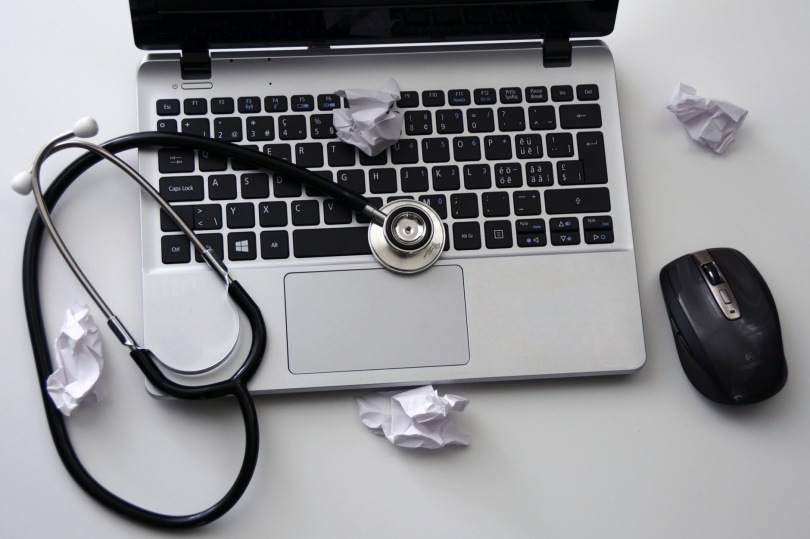I recently asked what content and resources are needed for blood drinkers. A topic that rightly came up was safety. How can I get trained as a phlebotomist? Which areas of the body should I avoid when using blades? How do I get a blood test? Is blood drinking illegal?
I will attempt to answer some of these questions.
How can I get trained as a phlebotomist?
To get officially certified and licensed as a phlebotomist, you will have to undertake a phlebotomy course in college. Some states such as California require official licensure in order to practice phlebotomy. For your purposes, though, the course itself will suffice. These programs are usually inexpensive, take less than a year, and are offered at most Community Colleges or Technical Schools.
There are also some learn-at-home options, such as The Apprentice Doctor’s Venipuncture Course and Training Kit. It comes with basic equipment, a dummy arm to practice ‘sticks’, and a DVD course. Other venipuncture DVDs and courses are available online. It can’t be stressed enough how important it is to know what you’re doing if you ever intend to practice venipuncture.
Which areas of the body should I avoid when using blades?
The obvious places. Do not use a scalpel on someone’s forearm, their neck, and so on. Do not cut anywhere that the vein is close to the surface of the skin. The best areas to cut are where a larger muscle is present; think of places like the thigh, back of the shoulder, or even muscular parts of the upper chest. Take care not to cut too deep. A good test is to practice on an orange before cutting a live person. Always use a sterilised blade, and clean the area with rubbing alcohol. Sterile gloves are recommended. If you intend to contact feed, make sure your mouth is as clean as possible and that the wound is thoroughly cleaned; but there are of course risks even then. Be sure to dress the wound appropriately after cutting.
How do I or my donor get a blood test?
There are several ways to get a blood test, some of which depend on which country you’re in. When getting a blood test, you’re on the lookout for transmissible blood borne disease. One way of getting these tests is to go directly to your Primary Care Physician and request the test. They’ll usually need a reason why, especially in the US (for insurance purposes). You can say something like you are concerned you may have been exposed to infection. My doctor noted me for ‘high risk sexual behaviour’. Oops.
Another option is your local Planned Parenthood clinic. They offer STD tests at a reasonable price, often with very little judgement and will discuss what tests are right for you. In other places like the U.K., these tests are usually completely free! (Yay, free healthcare)
Lastly, in the US, services such as WalkInLab are available. These can be expensive depending on what you buy, but they do not require a doctor’s order, and the tests can be done at your local LabCorp.
Where can I get my equipment?
Most pharmacies carry basic equipment such as scalpels, gauze, rubbing alcohol, and so on. Go to your local CVS or Walgreens.
For venipuncture equipment, you will need to use a site such as Daigger or Atlantic Med Supply. The U.K. has sites such as MediSave. You do not need a medical license to purchase things such as butterfly needles, vacutainers, etc. In many places though, you DO need a medical license for blood bags. It depends on the country; though they are a different beast entirely and very high risk unless you work for the Red Cross and are highly trained.
Is it illegal?
I am not an attorney (yet) and my interests lie in Commercial Law and Intellectual Property (snooze) so I’m not even going to pretend I can answer this question. Perhaps when my law degree is finished. Some things to consider; the law is different EVERYWHERE. Country to country, state to state. It would be impossible to cover here. The closest comparison is kink law, and that’s an extremely grey area as is, despite how many humans engage in kinky sex and BDSM worldwide. It’s often open to interpretation and then case law and precedent. It’s consensual between two adults so it isn’t assault, but it is causing bodily harm. As for blood drinking, I find it unlikely that precedent even exists for consensual blood drinking because it’s a case that’s likely never been brought before a court (an actual court, not like a, y’know, vampire one). Again, I’m not yet qualified to speak on the issue but those are my ruminations.
Conclusion
To summarise, there are a wealth of resources online nowadays to learn, expand your knowledge, and find the tools you need to feed regularly and safely, for both you and your donor. Get tested. Know what you’re doing before laying a hand on another person.
If there are any suggestions for content you’d like to see, feel free to contact me at alexiaaaxv@gmail.com.
A


In the US there are no statutes against consensual blood drinking. I know from experience. There are also no laws pertaining to blood drinking and storage. I made front page but no charges lmao.
LikeLike
Good to know. Thank you. Why did you make the front page, if you don’t mind my asking?
LikeLike
[…] my recent post about safety with blood feeding, I had the opportunity to answer some questions from one of our readers. I found this conversation […]
LikeLike